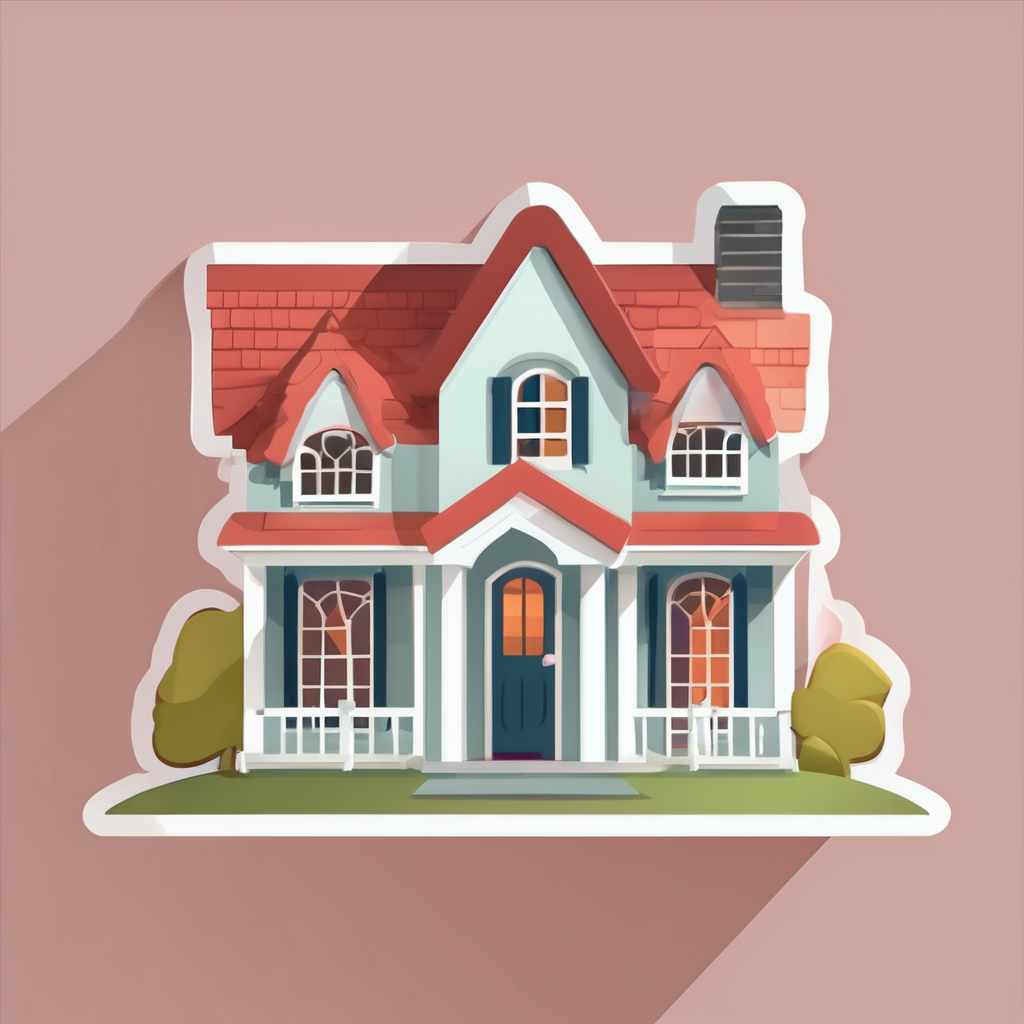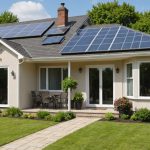Understanding Smart Lighting
Smart lighting refers to lighting technology that allows for remote control and automation of home lighting systems through various devices. This technology provides numerous features, such as adjustable brightness, color options, and scheduling capabilities, which make managing home lighting both efficient and convenient.
The benefits of integrating smart lighting into your home are plentiful. One main advantage is the ability to configure lighting settings to suit different activities or moods. For instance, you could program lights to dim for a relaxing evening or increase brightness while working. Integration also enables energy optimization, reducing overall electricity consumption. Furthermore, smart lighting systems often come with enhanced security features, such as lights that simulate occupancy when no one is home.
In the same genre : Finding the Perfect Mattress for UK Weather: Your Ultimate Guide to Comfort and Adaptability
Integration methods for smart lighting include the use of smart bulbs, plugs, or integrated systems compatible with existing home networks. These systems are often compatible with popular voice-activated assistants like Amazon Alexa or Google Assistant, allowing for seamless control. Ensuring compatibility with existing systems is crucial to maximize the potential of smart lighting, transforming the home lighting experience.
Popular Smart Lighting Products
Smart lighting products have revolutionized how we illuminate our spaces, offering enhanced convenience and personalization. Recognizing the most prominent brands in the market is crucial to making an informed choice.
Additional reading : Smart Entryway Solutions: How UK Homeowners Can Effectively Reduce Heat Loss
Overview of Brands
Several brands lead the way in the smart lighting industry. Notably, Philips Hue and LIFX are renowned for their innovation and reliability. Philips Hue, offering a broad ecosystem of products, is celebrated for its extensive range of features including energy-efficient bulbs and robust app control. LIFX, on the other hand, is distinguished by its vibrant color options and integration capabilities without requiring a hub.
Key Features to Consider
When selecting smart lighting systems, certain features should be prioritized. Dimming capabilities and color temperature adjustments allow for tailored ambiance fitting any mood or activity. Wireless connectivity, ease of use, and compatibility with other smart home devices are also essential. Additionally, energy efficiency plays a crucial role in long-term cost effectiveness.
Comparison of Popular Smart Lighting Systems
To assist in choosing the right smart lighting products, a comparison between the offerings of major brands is valuable. Philips Hue excels in integration with existing systems, but at a higher price point. LIFX offers a more straightforward setup, making it attractive for those seeking simplicity yet retaining rich features. Each brand has its pros and cons, potentially swaying decisions based on user preference and specific needs.
Step-by-Step Installation Guide
Installing smart lighting is a task accessible to many, offering both DIY process and professional installation options. Understanding pre-installation assessments is crucial to get started. Ensure you have essential tools ready, such as screwdrivers and ladders, and confirm the specifications of your existing fixtures and bulbs. Assess compatibility with your home network as well.
For those electing the DIY process, the installation of smart bulbs typically involves simply replacing traditional bulbs. Make sure the power is off, then screw in the smart bulb. Connect it to your home network following the manufacturer’s instructions usually via an app.
Smart fixtures might require more intricate work, possibly including wiring, thus having a basic understanding of home electrics is beneficial.
However, the line between DIY and professional installation isn’t always clear-cut. Opt for a professional if unsure, particularly if the setup involves complex wiring or integration with existing systems. Remember, safety first! Hiring an expert can save time and ensure all installation tips are adhered to correctly, ensuring a smooth setup and function of your new smart lighting system.
Energy Efficiency and Cost Savings
Smart lighting plays a significant role in boosting energy efficiency within homes, thus promoting substantial cost savings. By utilizing features like dimming and automation, smart lighting systems can significantly reduce electricity consumption. These systems adjust brightness based on ambient light, ensuring they only use the energy required at any given time.
Potential cost savings on electricity bills are noteworthy. Traditional lighting setups consume more energy due to their inability to modulate usage dynamically. In contrast, smart lighting systems adapt their operation, conserving energy, particularly during peak usage times.
To provide a more granular comparison, consider the energy consumption between traditional and smart lighting. Traditional incandescent bulbs may use up to 60 watts per bulb, whereas smart LED bulbs may only use 9-11 watts while offering similar brightness. This translates to more than 80% energy savings, offering a tangible reduction in energy costs over time.
Moreover, smart lighting often incorporates scheduling features that enhance efficiency by automating off and on times, contributing to further reductions in consumption. This adaptability not only optimizes home lighting but also reinforces sustainable living practices.
Design Ideas for Smart Lighting Integration
When it comes to enhancing interior lighting and creating the perfect ambiance, smart lighting offers a remarkable array of possibilities.
Creating Ambiance with Smart Lighting
Smart lighting can transform any room by adjusting brightness and color temperature to set the right mood. Whether you’re hosting a dinner party or setting the stage for a quiet evening, the capability to tweak these settings gives your interior lighting an edge. Consider using warm tones for relaxation and cooler tones for focused tasks.
Highlights and Accents
Utilize smart lighting to highlight architectural features or artwork in your home. Accent lighting can draw attention to specific areas, creating a visually dynamic environment. With smart bulbs, you can easily change colors or adjust the intensity to suit different occasions or tastes.
Outdoor Smart Lighting Solutions
Integrating smart lighting into outdoor spaces enhances curb appeal and security. Use motion sensors and scheduled lighting to illuminate pathways and gardens. This not only showcases your exterior but also provides safety when moving around the property at night. Additionally, outdoor smart lighting can be programmed to simulate presence, acting as a deterrent to potential intruders.
Harness the power of smart lighting to creatively express your style both inside and outside your home, ensuring aesthetic appeal and enhanced functionality.
Local UK Considerations
When considering smart lighting integration in the UK, understanding local regulations is crucial. UK regulations dictate the electrical safety standards that need to be followed for any installation. Ensuring installations comply with these standards not only guarantees safety but also enhances system reliability.
To purchase smart lighting products, consider visiting reputable UK suppliers like Currys or John Lewis, who offer a wide range of smart lighting products from trusted brands. They also provide guidance on choosing systems compatible with UK home setups.
Estimating installation costs can vary based on the complexity and scale of the integration desired. While some installation tasks might be tackled through a DIY process, hiring professionals might be advisable for more complex setups. Professional fees in the UK can typically range from £50 to £100 per hour, depending on the region and the electrician’s expertise.
Planning your budget will help ensure an efficient setup while maximizing the benefits of smart lighting. Adopting a solution that fits within your financial means allows you to enjoy the modern amenities of smart lighting systems without overspending.











